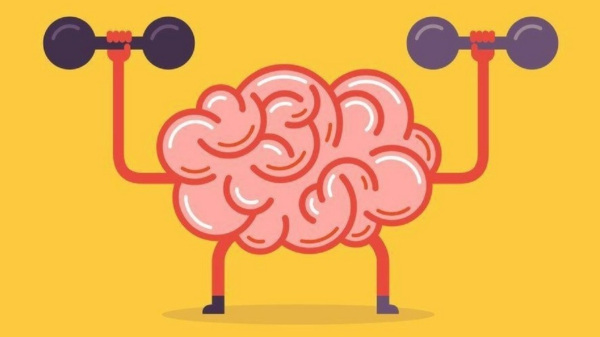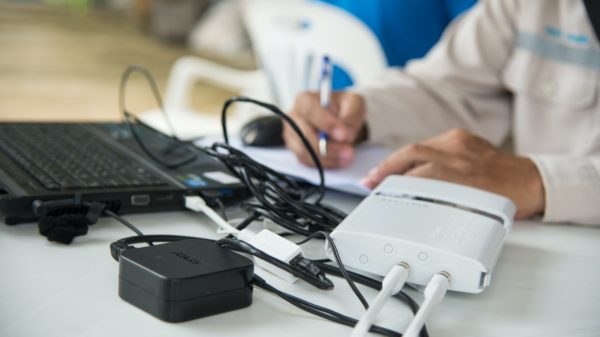Business Models 2.0 Guidebook
What got me to write this blog after a long time is not because of my bills (well… it kinda is) but because I read about a quite interesting theory and wanted to share it with everyone else.
The book that I’m currently reading, “Business Models 2.0 Guidebook” breaks down the 100 business models with the diagrams to learn how they were successful and innovative, and there’s no better read for someone like me who’s passionate about entrepreneurship. This book is written in Japanese (my native language) so forgive me for weird translations.
What struck me the most from this book was the concept of, in the author’s language, “Structure of Paradox.” According to the author, in any successful businesses, there is a starting point, a general theory, and a paradox.
Structure of Paradox
A starting point (SP) in his principle is typically what the business is about or what it offers in general. There are so many ways to determine the starting point for a business. For Apple, one way to take the SP would be computers.
A general theory is a generalization of the starting point. You can generalize it by making a statement like “When you think of (SP), it is generally □□□” or “(SP) generally does □□□.”
In the early computer industry, the general theory of computers might have been “When you think of a computer, it is generally is a machine that can be used only by professionals.”
At this point, it’s obvious that it is something contradictory to the general theory. Similar to SP and general theory, there are so many different ways to take the paradox. Going back to the example of computers, the paradox could be “A computer is a machine that can also be used by enterprises.”
Paradox and Innovation
According to the author, the bigger the gap between the general theory and the paradox would be, the more valuable the innovation would be.
As I explained before, there are so many different ways to take a general theory and a paradox from one starting point. There are countless numbers of results that can be concluded as innovations. From those countless combinations of general theories and paradoxes, a combination with the biggest contradiction is the actual innovation.
With the previous example of computers, if we took the general theory as “A computer is generally a big and difficult machine that can be used only by professionals and governments” and the paradox as “A computer is generally a compact and easy machine that anyone can use,” this innovation is much more valuable than the previous innovation which was a computer that can also be used by enterprises.
Innovation happens when the paradox becomes a general theory. It’s when “A computer is generally a big and difficult machine that can be used only by professionals” turns into “A computer is generally a compact and easy machine that anyone can use.”
Of course, to let the paradox makes sense, you need to have the technology growth or worked-out system, and that’s exactly what the business models are and why this book is written.
Seeking for New Principles
Anyhow, I was shook reading about this principle of “Structure of Paradox.” For me who is always seeking new business ideas, this book gave me another method to think through.
From now on, whenever I say or think something like “When you think of ○○○, it is generally □□□,” I should come back to this principle and rethink.
Opinions expressed by AsianBlurb contributors are their own.
Keigo Saito is a Japanese-American entrepreneur with a passion for coding and web development. He is the founder of Ashitago and upHue.




































